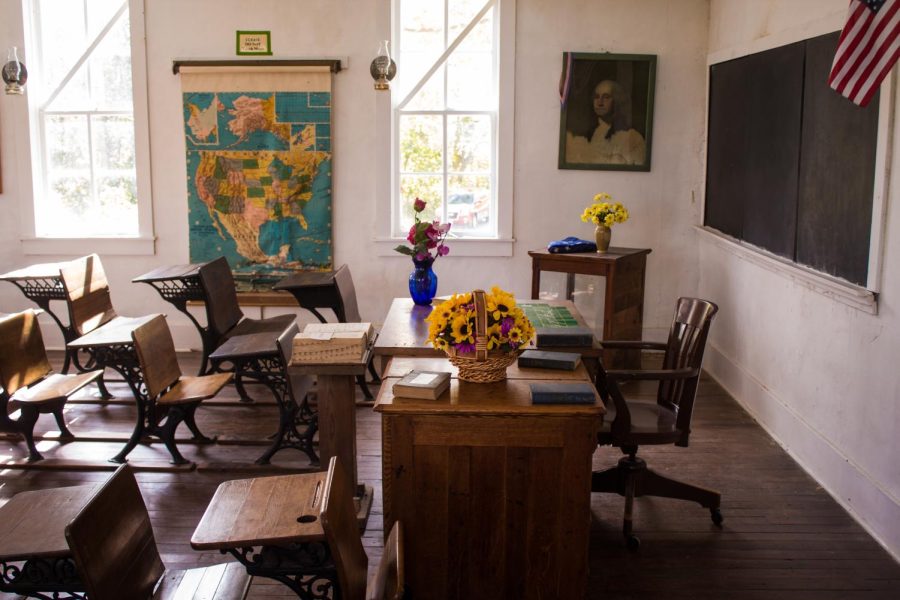Few one-room schoolhouses exist
Photo by Jeffrey Hamilton on Unsplash
Imagine sharing the classroom with your youngest siblings…
In the late 1800’s it was very common for rural areas to teach in a one-room schoolhouse. It was the most common way kids learned in that era.
When one thinks of a schoolhouse, the image is generally that sitting in the American countryside, but this teaching method was also practiced Prussia, Norway, Sweden, and other countries around the world. This type of school scene meant that there was one teacher teaching all of the students. Usually the younger students would sit in the front of the classroom while the older ones sat in the back. They were taught all types of subjects from reading, writing, history, arithmetic, and more.
During the winter months, teachers would have to get to the building earlier than their students to start a fire so that the class could be warm. Not only was the building a school but also a place that held town meetings, plays, spelling bees, Christmas pageants, and all sorts of events for daily life.
According to Huell Howser, a one-room school house allowed for a community learning environment where everyone interacted on some level. While the teacher instructed all students, older children helped with the younger students and lessons were not only taught at certain ages.
Depending on the size and population of the school, teachers could set a modified teaching style that better-suited the demographics of the school. Students of all ages would interact and learn from each other.
Since then schools have changed in enormous ways. Nowadays, one-room schools exist at museums, or students can get a full experience by attending one for a week or so. Students can even visit one in Danville and the building still stands for one in Old Sacramento, although the museum is probably closed. Closer to home is Gomer School, which now serves as the Farmer’s Closet boutique. The last remaining one-room schoolhouses are in a handful of rural western parts of the country.
